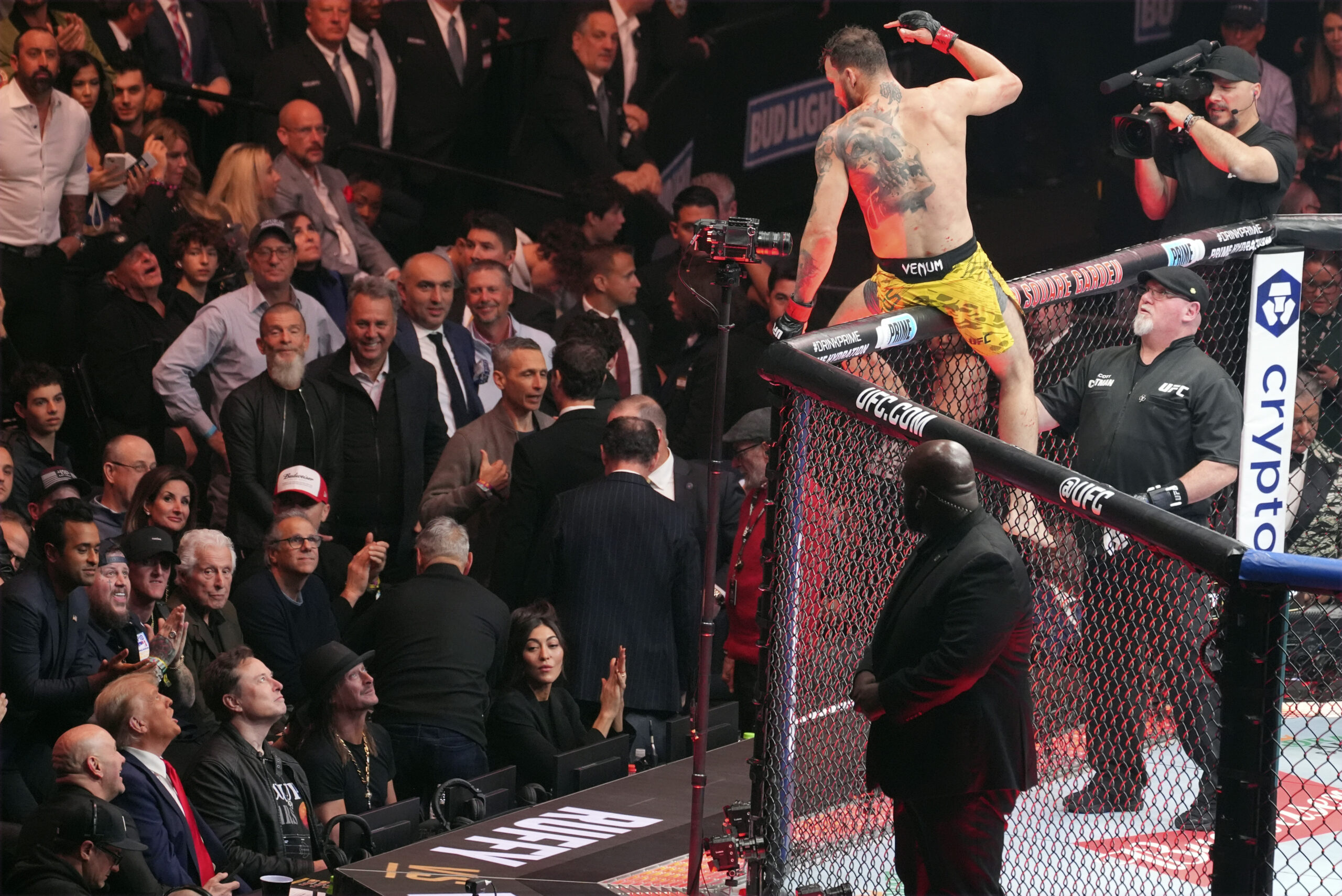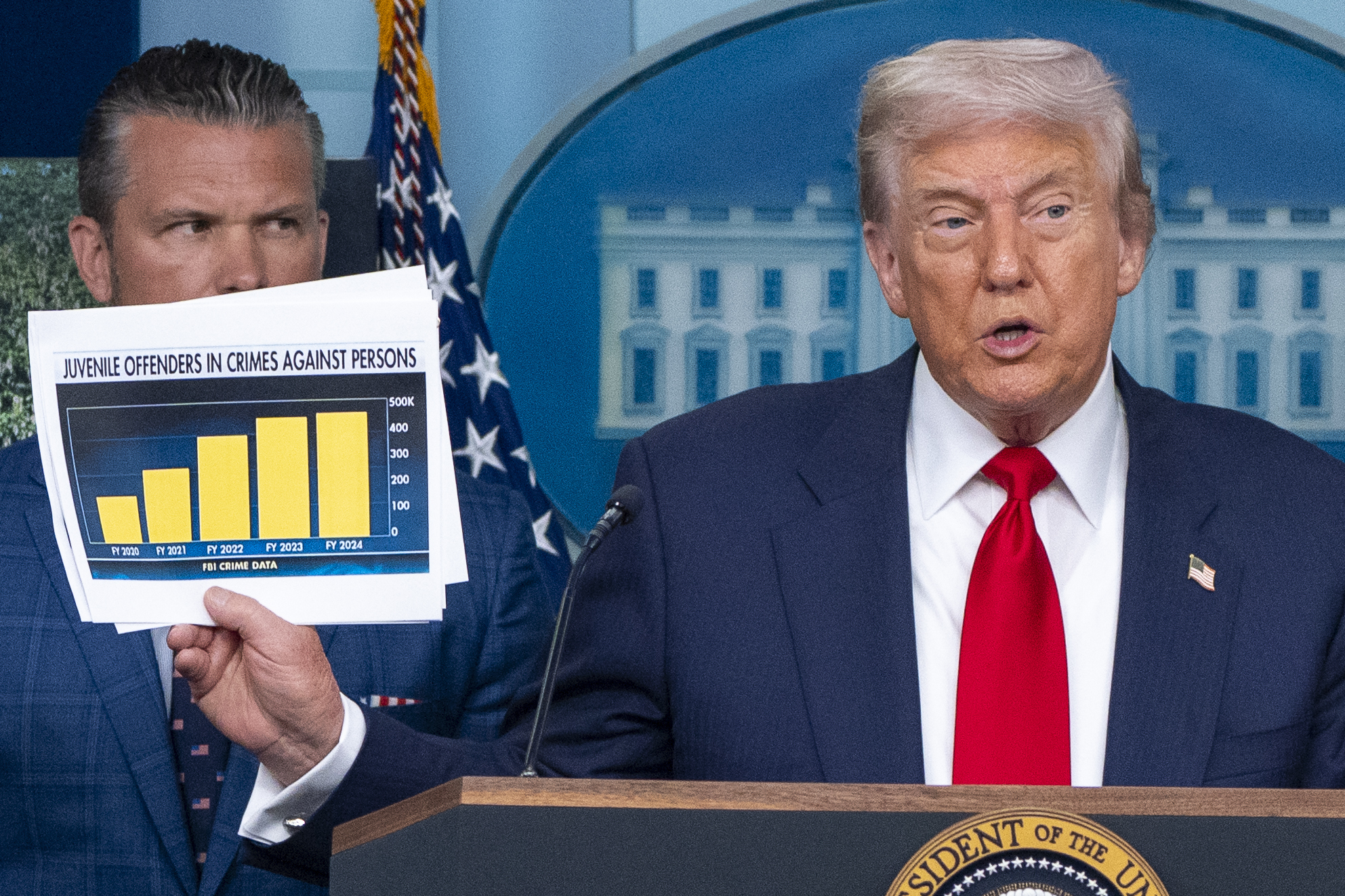
The national press corps’ disastrous obsession with Hillary Clinton’s email practices has drawn criticism in the years since the 2016 election, but it was an obvious failure of journalism in real time, too, reflecting professional habits in media that have somehow deteriorated in the Trump era.
Most journalists would agree that it’s on them to help the public understand the stakes of elections, but the email obsession served not just to obscure the stakes of the 2016 election (news outlets devoted vastly more resources to email coverage than to all policy issues combined) but to actively invert them. Clinton’s email practices were surely less relevant to the lives of citizens and immigrants than almost anything else contested in that campaign, but even if you take the view that her emails were an important story, the sheer tonnage of email-related coverage served to mislead consumers along every relevant dimension of the story: about which candidate was more ethical, which more law-abiding, which more likely to adhere to rules and norms of governing.
Big Tent
Still, it was at least true that Clinton used a personal email server to do work, and there at least were multiple investigations of that setup, so most of those stories about her emails were pegged to something real.
The same can not be said of any 2020 campaign stories premised on the idea that Donald Trump is running a “law and order” campaign for re-election or the assumption that Trump’s “law and order” message is a problem for Joe Biden.
As in 2016, there is one election, between two candidates, and it remains the responsibility of journalists to help voters understand the choice they will face; also as in 2016, journalists have begun to fixate on a storyline that they perceive as a liability for the Democratic nominee. But this time around, not only does that approach serve to mislead the public about the stakes of the election, there is also literally nothing real underlying it. The Trump re-election campaign confronts journalists with the question of how to cover a candidate whose entire appeal to voters is fiction—words and actions meant to deceive people about the state of the country and the nature of the election. Rather than address that challenge, though, they have chosen so far to simply treat these deceptions as if they’re offered in good faith, helping the campaign mislead voters with potentially disastrous results.
The term “law and order” should itself be a tipoff to any journalist with passing knowledge of modern U.S. political history. Since Richard Nixon’s first campaign it’s been a coded phrase Republicans use to signal support for ruthless law-enforcement treatment of black Americans, and to characterize liberal enclaves of the country, particularly diverse hotbeds of political activism, as criminal, alien, and subversive. Trump adopted the same terminology at least in part because Nixon won that campaign, and so to inform news consumers that Trump has embraced Nixon’s rhetoric without decoding it for them couches an inherently racist appeal in facially neutral terms.
But the larger deception isn’t the euphemism itself, but rather the sheer emptiness of it in Trump’s voice—the adoption of concepts “law” and “order” that Trump not only doesn’t care about, but actively subverts. Nixon relished incitement and ultimately proved himself to be a hardened criminal, but in 1968, he was not the incumbent president, and the U.S. was experiencing a genuinely historic breakdown of civic order.
Trump not only breaks the law with impunity, he uses his official powers to fan the very disorder he claims to stand against, and his campaign and White House have admitted he does this because he thinks it’ll help him win re-election. And yet simply by asserting that his campaign message is “law and order,” often by tweeting the words “LAW AND ORDER” detached from any context, he has gamed the mainstream press into portraying it as a substantively meaningful appeal to voters rather than the obfuscatory fog it is.
Thus, the post-truth absurdity of a New York Times story headlined “Rival Themes Emerge as Race Enters Final Weeks: Covid vs. Law and Order,” which mentions as an aside, 24 paragraphs in, that Trump “enjoyed the frustration and anger he caused by violating norms” and even “ethics law” during the Republican convention, and “relished the fact that no one could do anything to stop him.” Trump’s lawlessness is notorious, and yet the notion that Trump’s campaign is about the “law” in some principled sense has become so embedded in reporting assumptions that the Associated Press can publish a whole story titled “When Trump talks law and order, some Wisconsin voters listen,” that contains not a single word about Trump’s own criminal entourage, his responsibility for inciting violence in Wisconsin, or his advisers’ confession that the incitement is part of a re-election strategy.
To faithfully bear witness to what’s happening in this campaign would require political reporters to do something genuinely novel: tell the public that one the two campaigns is built on a foundation of lies, and delights in lying. Most have chosen to simply repeat Trump’s rhetoric as if it had real merit, and thus turned the truth about the race on its head. If Trump is the “law and order” candidate, then what is Biden? If Biden isn’t the “law and order” candidate, then won’t scenes of chaos on American streets redound to Trump’s benefit? Doesn’t this obligate Biden to condemn violence he’s never promoted, and that his supporters reject?
These unspooling assumptions rolled right past the mountain of evidence that they’re completely backward—that only one candidate in the race (Joe Biden) has condemned political violence of all kinds; that the political violence we’ve seen has pitted protesters and in some cases rioters who have no association with the Biden campaign against heavily armed, Trump-inspired MAGA-hat wearing militants who have killed people; that only one candidate in the race (Donald Trump) has encouraged police brutality while supporting policies that slash funding to police departments across the country.
Still the onus fell to Biden, rather than the incumbent president, to condemn violence he bears no responsibility for. To Biden’s credit, he didn’t deliver the remarks defensively, on Trump’s terms. His Monday address in Pittsburgh, PA, sought to reset the entire public discourse on law and order so that it incorporates the basic reality that Trump, not Biden, is president, and Trump, not Biden, has encouraged violence. The speech implicitly challenged reporters not to repeat nonsense just because Trump—a man “incapable of telling us the truth”—“mouth[s] the words law and order.’”
But the challenge to the mainstream press runs deeper than rendering Trump’s law and order propaganda in honest terms. Trump’s commitment to mass deception as a campaign tactic is exclusive and total. Not one of his central appeals to voters, or his in-progress schemes to manipulate them, is rooted in truth. Not his claims about his pre-coronavirus economic record; not his handling of the economy in the wake of the pandemic, nor of the pandemic itself; not his efforts to undo the Russia investigation, or persecute its investigators; not his absentee-voting disinformation or his feigned ignorance of sabotage at the Postal Service; not his claim to being “tough on China” or to “draining the swamp” or to protecting pre-existing conditions protections. The notion that he embodies law and order is just as topsy turvy, but news outlets have nevertheless allowed him to dictate the tenor of their coverage of civic unrest to them. If professional journalists respond to the challenge of a president campaigning on fiction by pretending, for the sake of argument, that it’s truth, then the media failures of 2020 will outstrip the media failures of 2016, which nearly destroyed the country.



